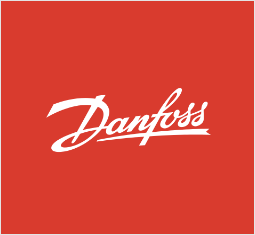Business News PortXchange Urges Smarter ETA Solutions Amid Mounting European Port Co…
페이지 정보
작성자 최고관리자 댓글 0건 조회 423회 작성일 25-05-30 14:17본문
PortXchange Urges Smarter ETA Solutions Amid Mounting European Port Congestion

Sjoerd de Jager, CEO of PortXchange
As Northern European ports experience the most severe congestion of the year, PortXchange is urging the global maritime industry to adopt smarter, real-time port call optimisation technologies to mitigate disruption, lower emissions, and restore supply chain reliability.
Fresh data from the Drewry Container Capacity Insight, released on 23 May 2025, paints a stark picture: averageberth waiting times have surged across major gateways. Antwerp saw waiting times rise from 32 to 44 hours, a 37% increase, while Hamburg jumped from 34 to 50 hours. Bremerhaven experienced the steepest climb, up by 77%, with recent labour shortages and strike actions amplifying delays.
Further complicating the picture, historically low water levels on the Rhine have restricted inland barge transport, placing additional strain on key multimodal corridors out of ports like Antwerp and Rotterdam.
“These numbers aren’t just a signal; they’re a siren,” said Sjoerd de Jager, CEO of PortXchange. “Port delays are no longer simply a logistics issue. They’re a carbon problem, a large additional cost and a growing threat to global trade continuity. Precision and coordination are no longer optional; they’re essential.”
PortXchange’s Synchronizer platform addresses this challenge by providing real-time coordination between vessels, terminals, and port authorities. It enables Just-in-Time (JIT) arrivals, helping ships slow down en route when berths aren’t yet available, reducing anchorage time, cutting fuel consumption, and avoiding unnecessary emissions.
Complementing this, EmissionInsider, also developed by PortXchange, allows ports and carriers to visualise, track, and benchmark their transport-related emissions across all modes, including sea-going vessels, barges, rail, and truck freight.
“As we saw in the Port of Rotterdam, where Synchronizer has been fully deployed, combining berth synchronisation with emissions transparency enables infrastructure planning and environmental strategy to work hand-in-hand,” de Jager added. “By identifying carbon hotspots and aligning port calls with actual capacity, we’re helping ports increase throughput even under pressure.”
The latest surge in congestion also comes at a time when ocean freight costs are rising once again. Spot rates on the Transpacific have increased by 27% since early May, while general rate increases and peak season surcharges are expected to take effect from 1 June.
De Jager warns that the tools many operators still rely on static ETA forecasts and siloed planning systems are ill-suited to today’s volatile landscape.
“We need a systemic shift to dynamic, data-driven decision-making in logistics. The technology is here. What’s needed now is data and adoption,” he adds.
■ Contact: PortXchange https://port-xchange.com/












